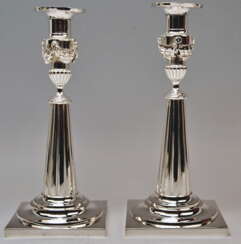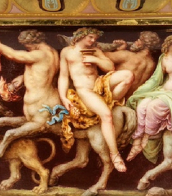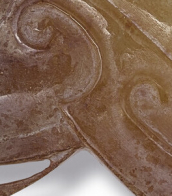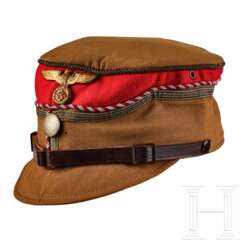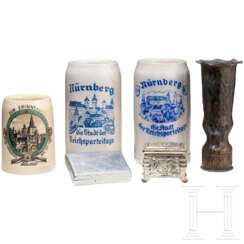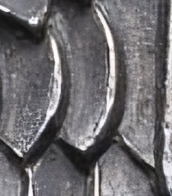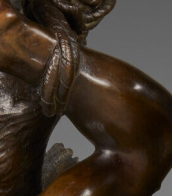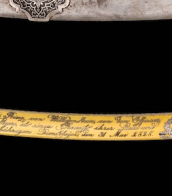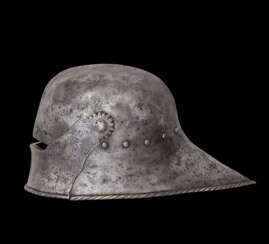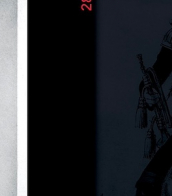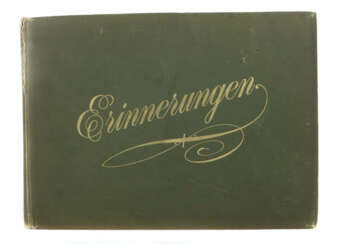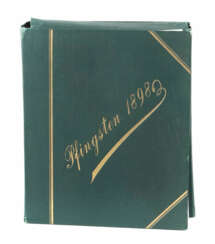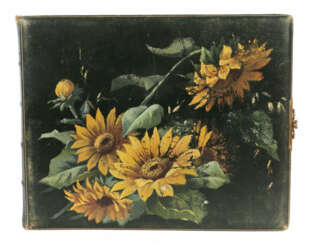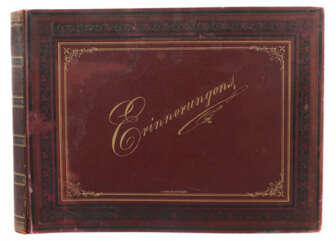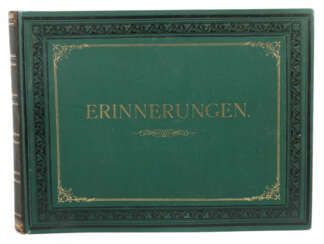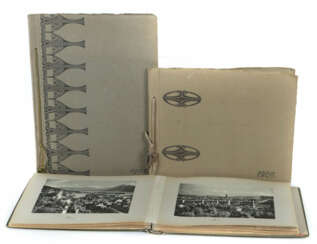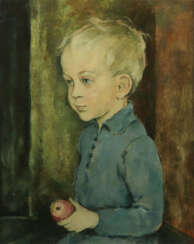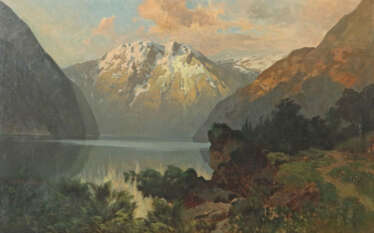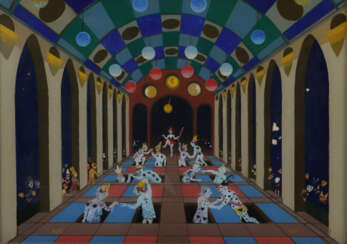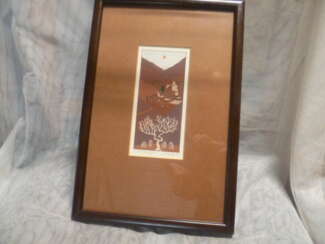221 Items by auctions and galleries:
halle
Lot 5295 A Kepi for SA Feldherrnhalle Standartenführer
A106us: A US Lifetime Headgear Collection and other Imperial and WW II Collectibles 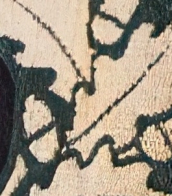

Hermann Historica
A106us: A US Lifetime Headgear Collection and other Imperial and WW II Collectibles
Date: 08.11.2025 14:00 UTC +01:00
Number of lots in the catalog: 511
The Roman Hall "Римский зал"
Artur Kovalev (b. 1973) 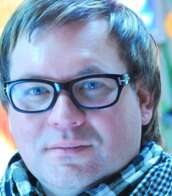 Shop Kovalev Artur
Shop Kovalev Artur

Artur Kovalev
26.08.1973
Russia
Художник Ковалёв Артур Викторович родился в1973 в городе Красный Сулин Ростовской области. Вскоре его семья переехала на Камчатку. В 1993 году успешно сдал вступительные экзамены в Российской академии живописи, ваяния и зодчества, основателем и ректором которой является народный художник России Илья Глазунов. Артур стал студентом кафедры реставрации и живописи. Академия считает своими высочайшими целями возрождение великих традиций отечественного и европейского изобразительного искусства, отстаивающих позиции высокого реализма.В 1999 году он успешно окончил академию с квалификацией «живописец-реставратор станковой темперной и масляной живописи». Как художник Артур много путешествует как по России, так и за рубежом. В течение 2001-2002 годов жил на Ямале, работал художником нефтяной компании. В эти же годы по предложению Евгения Атласова – бизнесмена, прямого потомка Владимира Атласова, присоединившего Камчатку к России, художник активно участвовал в создании документального фильма «Камчатский Ермак». В 2005 году фильм демонстрировался на канале «Культура». С 2003 по 2011 год художник жил в Португалии в г. Лиссабоне. Здесь он принимал участие в конкурсах, провёл более тридцати персональных выставок, выполнил работы для самых престижных учреждений страны. Его имя было включено в каталог лучших художников Португалии.

Artist shop
Kovalev Artur
Russia
Number of products: 21
"Halls by Putin"
Andrew Demidov (b. 2001)  Shop Demidov Andrew
Shop Demidov Andrew

Andrew Demidov
31.03.2001
Ukraine
здравствуйте, меня зовут Андрей и я люблю краткость. уже несколько лет занимаюсь современным искусством. как правило пишу акрилом, но сейчас тестирую масляные краски. я люблю экспериментировать с форматами и техниками

Artist shop
Demidov Andrew
Ukraine
Number of products: 52
